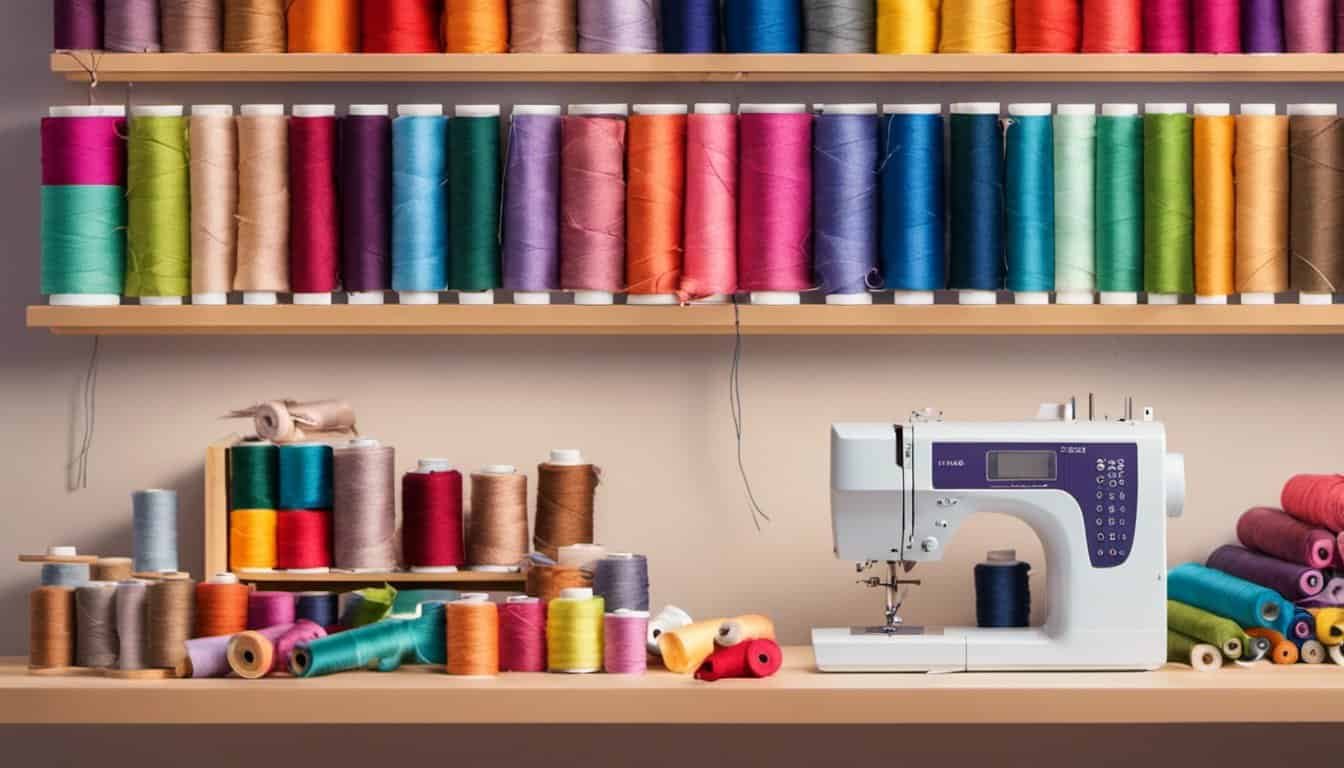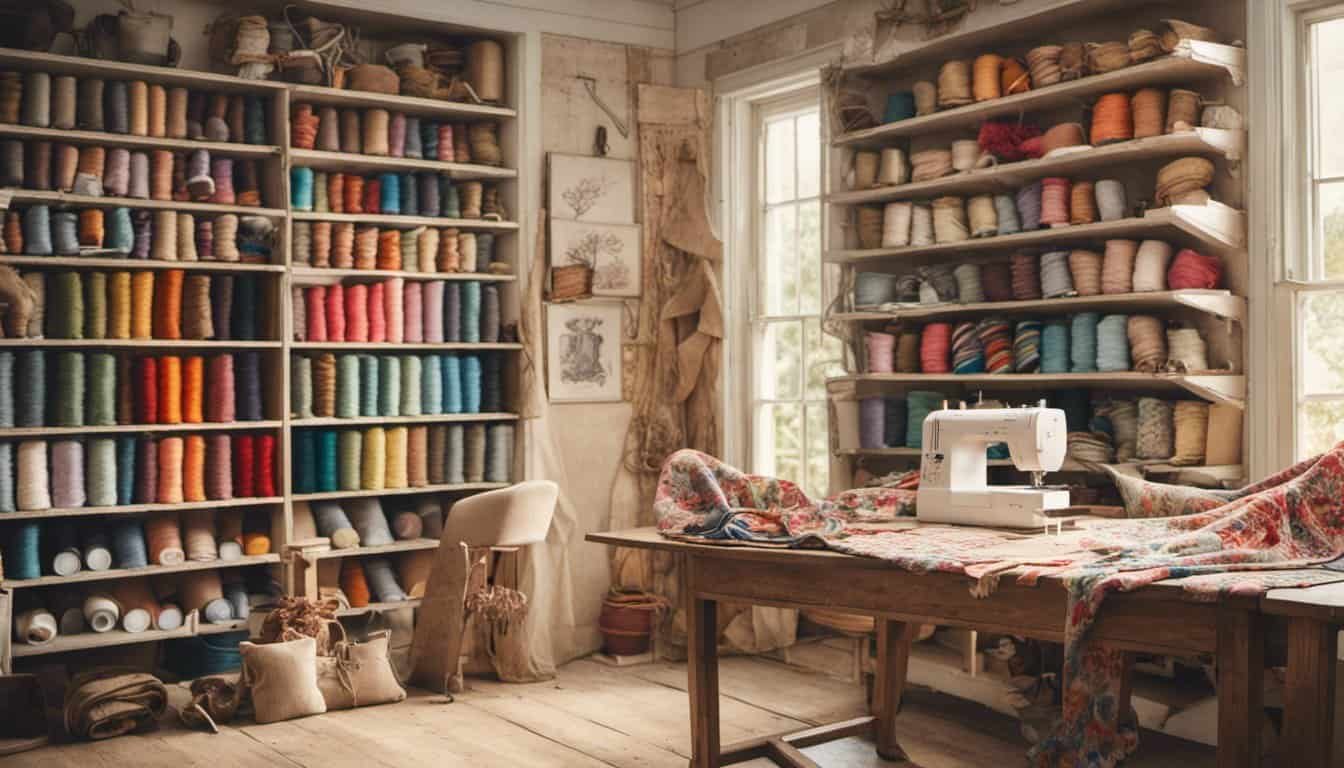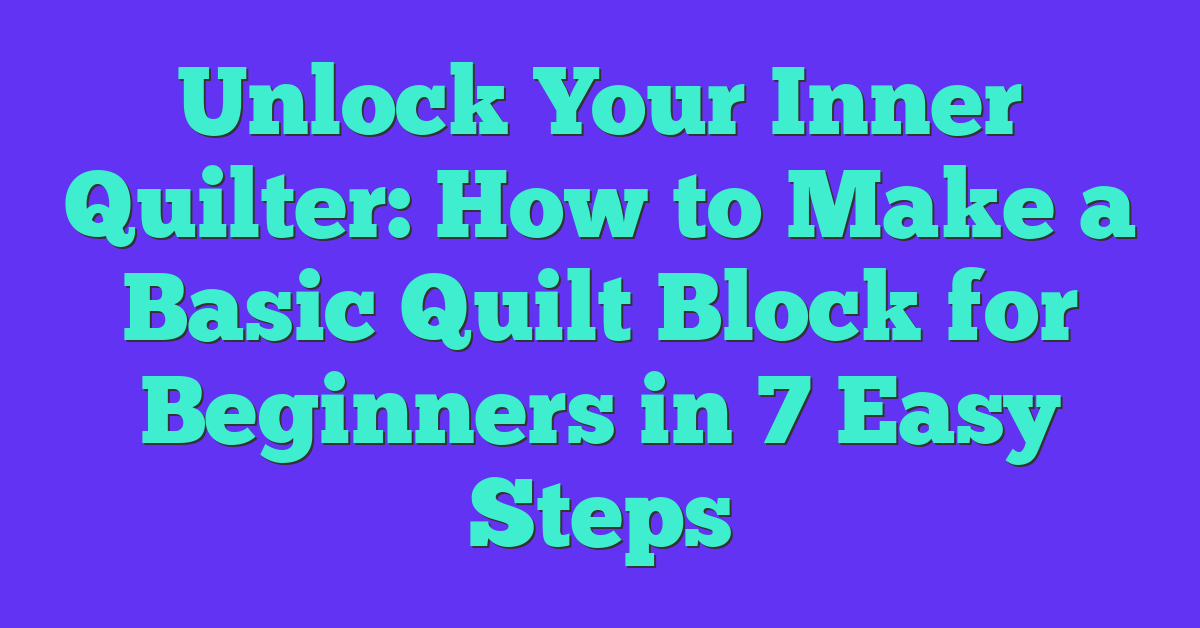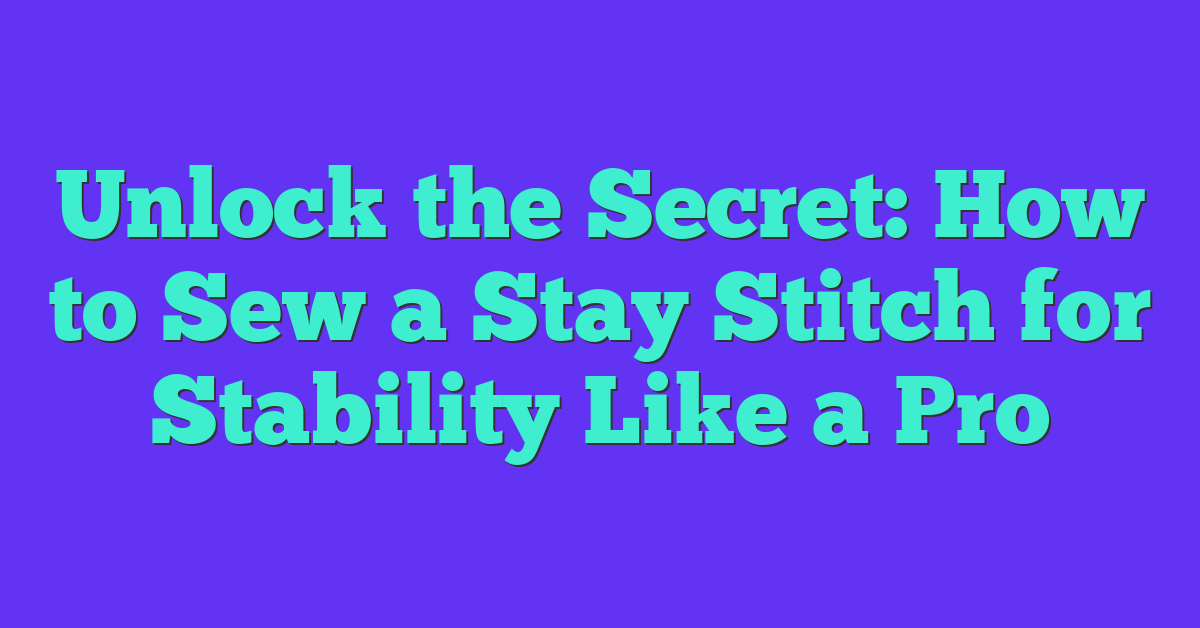There’s something so rewarding about creating something special for our furry friends. Whether it’s a cozy spot for your cat to curl up or a comfy bed for your dog to snooze on, making a pet bed by hand adds a personal touch that store-bought options just can’t match. Plus, it’s a fun and creative way to show them how much you care.
Materials Needed For Sewing A Pet Bed
When creating a pet bed, selecting the right materials ensures durability and comfort. Using quality supplies makes the process smoother and guarantees a cozy space for your furry friend.
Fabric Choices: Durable And Comfortable Options
I focus on fabrics that balance comfort and strength. For the outer layer, canvas or upholstery fabric works well due to its durability. For the inner lining, I prefer fleece or flannel since they’re soft and warm. Waterproof fabric for the base protects against spills or accidents.
I often opt for cotton blends or microfiber when sewing beds for smaller pets because they’re lightweight but resilient. For larger pets, thick fabrics like denim or corduroy offer extra durability.
Other Essential Supplies And Tools
A sewing machine is essential to stitch stronger seams quickly. I use heavy-duty thread, especially for larger beds, to withstand wear and tear. Polyester filling, foam, or batting ensures the bed is soft and supportive. Zippers, Velcro, or buttons help make covers removable for easy cleaning.
Sharp fabric scissors, pins, and a fabric marker improve cutting precision and placement. A ruler, measuring tape, and cutting mat assist in accurate measurements. For adding a non-slip bottom, I use anti-skid fabric or rubber pads.
Step-By-Step Guide: How To Sew A Pet Bed For Cats Or Dogs
Creating a pet bed involves careful planning, precise cutting, and diligent stitching. Here’s how to sew a cozy and durable bed for your cat or dog.
Measuring And Cutting The Fabric
Start by determining the size of the bed based on your pet’s dimensions. Add 4 inches to the length and width for seam allowances and to ensure ample space. For example, if your pet measures 20×15 inches when curled up, cut fabric to 24×19 inches.
Use a measuring tape to mark the fabric, and cut the outer layer and the lining to the same size. If you’re making a round bed, trace a large circle using a household item like a bowl, adding the same 4-inch allowance. Precision ensures all pieces align perfectly.
Assembling The Pieces
Lay the fabric layers together with the right sides facing each other. Pin the edges to keep the pieces aligned. For a flat design, sandwich the padding material, like quilt batting, between these layers before sewing.
Create a base for raised-edge pet beds by stitching side panels separately. Assemble these by aligning their edges with the base fabric, pinning them into place. Proper alignment is key for a polished look.
Adding Padding For Comfort
Choose high-quality filler materials, like memory foam for orthopedic support or polyester stuffing for fluffiness. Insert the padding evenly, spreading it carefully to prevent lumps. For raised beds, stuff the sides firmly to maintain their shape.
If you’re sewing a bed with a removable cushion, create a separate cover for the cushion. This allows easy access for inserting or replacing the filler while keeping the bed clean and fresh.
Sewing The Final Edges
Leave a 4-inch opening when stitching the outer layers to allow room for the padding. Use a heavy-duty thread and a straight or zigzag stitch to sew the edges securely. For corners or curves, sew slowly to maintain accuracy.

Close the opening with a ladder stitch after stuffing. This hand-sewn method hides the thread for a seamless finish. Reinforce all seams to prevent wear and tear, ensuring your pet bed lasts for years.
Tips For Customizing Your Pet Bed
Personalizing a pet bed ensures it meets your pet’s needs and reflects your creative style. From size adjustments to unique embellishments, customization transforms a basic DIY project into a special haven for your furry companion.
Sizing Adjustments For Cats And Dogs
Accurate sizing creates a comfortable space for pets. I measure the length and width of the pet when they’re lying down, adding 5-7 inches for small pets or 8-12 inches for larger breeds to accommodate stretching. For cats and small dogs, round or oval shapes work well, while rectangular designs suit medium and large dogs. I double-check measurements before cutting fabric to avoid sizing errors. If making a bed for a puppy or kitten, I use adjustable designs, like cushion inserts, to grow with them.
Adding Decorative Touches
Decorative elements make the bed visually appealing and unique. I sew fabric appliqués, such as paw prints or bones, onto the exterior. For embroidery, I stitch the pet’s name onto the fabric using contrasting thread colors—this adds character and a personal connection. I often incorporate piping around the edges for a polished finish. If using patterned fabric, I carefully align prints to match the overall design. Adding ribbons, tassels, or soft trims can enhance the aesthetics, though I ensure they’re securely attached to prevent choking hazards.
Common Mistakes To Avoid When Sewing A Pet Bed
Using Unsuitable Fabrics
Choosing the wrong fabric often leads to wear and discomfort. I avoid delicate materials like silk or thin cotton as they tear easily and don’t withstand pets’ claws. Instead, I stick to durable fabrics like canvas or upholstery for the outer layer and use soft, washable materials like fleece or microfiber for comfort.
Skipping Proper Measurements
« DIY Passport Holder: How to Sew Your Perfect Travel Companion in Just a Few Simple Steps
How to Sew a Stunning Beach Cover-Up for Summer (Step-by-Step Guide You’ll Love!) »
Rough estimations frequently result in beds that are too small or too big. I always measure my pet’s length and width while they’re lying comfortably, adding at least 2 inches for seam allowances and filler thickness. Skipping this step creates improper fits and wasted materials.
Overlooking Washability
Not considering washability makes the bed impractical over time. I check that all fabric and filler materials are machine washable or easy to clean. In addition, I sew removable cushion covers with zippers or buttons to simplify cleaning.
Ignoring Stitch Strength
Weak or decorative stitches result in seams coming apart. I use strong sewing techniques like backstitching and opt for a heavy-duty thread. Reinforcing high-stress areas—like corners—prevents tearing from frequent use.
Neglecting Pet Safety
Ignoring safety considerations can lead to hazards. I avoid embellishments like loose buttons or ribbons that pets might chew on, opting instead for securely attached decorations or embroidery. Using non-toxic and pet-safe materials also prevents potential harm.
Rushing Through Padding Placement
Uneven padding can make the bed uncomfortable. I spread the filling evenly and secure it with stitch lines if using loose stuffing, ensuring no lumping or imbalanced texture when pets lie down.

Forgetting Seam Finishes
Unfinished edges fray over time. I always use seam finishing techniques like serging or zigzag stitching, especially with fabrics prone to unraveling. This increases durability and gives the bed a polished look.
Using Inappropriate Tools
Sewing with the wrong tools can damage fabrics. I stick to sharp fabric scissors, a sturdy needle suitable for thick layers, and a walking foot if the machine struggles with heavy materials. Proper tools make every step smoother and reduce mishaps.
Benefits Of Sewing Your Own Pet Bed
Sewing a pet bed offers customization, ensuring the perfect size, shape, and design for your pet’s needs. Store-bought beds may not always fit well, but crafting one guarantees a personalized fit and style.
It allows complete control over materials. I can select durable fabrics, safe fillers, and washable components to extend the bed’s lifespan while ensuring comfort and cleanliness.
Cost savings can be significant. While high-quality market options for pet beds can be expensive, sewing one often costs less, especially when using leftover fabrics or repurposed materials.

Making a pet bed strengthens the bond with your pet. I enjoy creating something uniquely theirs, which enhances the sense of care and affection they feel.
Handcrafted beds often surpass store-bought ones in durability. Using reinforced stitching, quality threads, and tailored designs ensures the bed lasts longer, even with active pets.
Conclusion
Sewing a pet bed is such a rewarding project that combines creativity and practicality. It’s a chance to craft something truly special for your furry friend while tailoring it to their unique needs and personality. Plus, there’s nothing quite like seeing your pet snuggle into something you made with love.
Whether you’re an experienced sewer or just starting out, this project offers plenty of opportunities to learn and experiment. So grab your supplies, let your imagination guide you, and enjoy the process of making a cozy, one-of-a-kind bed your pet will adore.


















